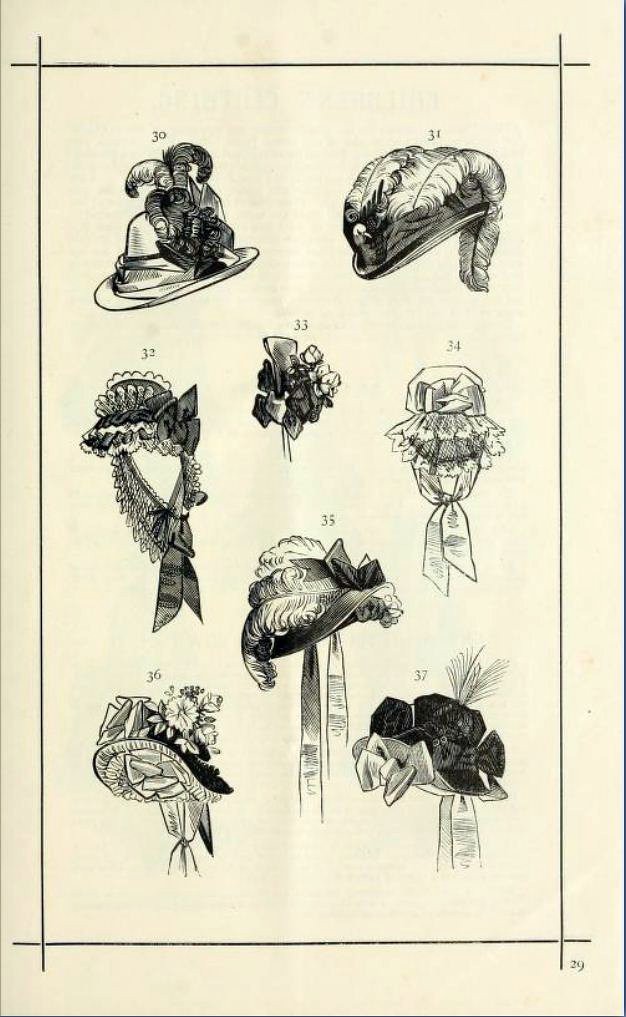
The History of George Henry Lee
George Henry Lee is arguably the most influential name in Liverpool’s retail history. From the man behind the brand to his namesake iconic building, let’s take a look at the history of George Henry Lee.
The George Henry Lee building
Any Liverpudlian will recognise the famous Edwardian facade of the George Henry Lee building – or, the G H Lee building, if you remember it from its 1970s heyday – located on the corner of Basnett Street and Church Street, just off Williamson Square.
The iconic George Henry Lee building has seen many uses over the past 150 years – from a bonnet shop to discount outlet stores. Most recently, it is set to become a luxury hotel, fitted out with an exclusive restaurant, bar, bistro, and casino – though, it is reported that a row between the building’s investment fund owner and the developer may have hindered these plans.
The history of the brand
In 1853 George entered into a partnership with his brother, Henry Boswell Lee Junior, opening up an exclusive bonnet store on the same site that still stands today. The business was very successful, rapidly evolving into a department store, so much so that the brothers sought the help of Thomas Oakshott to manage the business from 1861. In 1974, after George retired, the business was passed to the Oakshott family.
At this time, the business employed over 1,200 people – from cashiers to shop walkers – and was considered the most exclusive shopping destination in the North West.
Originally from Cork, Ireland, Thomas himself went on to great heights in society, acting as Lord Mayor of Liverpool between 1887 and 1888. However, the Oakshot family then should the George Henry Lee brand to Harry Gordon Selfridge – yes, that Selfridge – and, in 1926 it was absorbed into the Selfridges group, and the exclusivity began to wane due to its association with the Selfridges store in London.
In 1940, the George Henry Lee was purchased by John Lewis. Although many stores struggled during the war, George Henry Lee persevered, even despite the Cotton Exchange’s closure when materials were sparse due to clothes rationing. Thanks to this, the George Henry Lee brand was able to expand to a new store in Chester in 1951, and again by purchasing next door Bon Marche in 1961, amalgamating the stores into one.
Despite economic issues in Liverpool in the late 60s, by the 1980s, the George Henry Lee building was regarded as a Liverpudlian landmark. Unfortunately, though, this was not to last. In 2002, John Lewis incorporated George Henry Lee into its own brand, renaming the store as John Lewis Liverpool, and marking the end to a near-150 year legacy.
The store then vacated the iconic building in 2008, moving into the Liverpool One shopping complex, where it is still situated on South John Street today, every year lit up by decadent Christmas lights.








